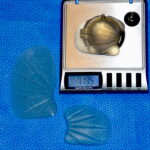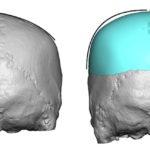Plastic Surgery Case Study – Placement of Extended Temporal Implants Through A Frontal Hairline Advancement for Deep Temporal Hollowing In A Female

Background: The temples are a unique aesthetic region on the side of the face. It typically has a flat or minimally concave external contour bounded by the bony temporal line superiorly, the lateral orbital rim anteriorly, the zygomatic arch inferiorly and the temporal hairline posteriorly. The temples have a hard tissue base consisting of the Read More…











